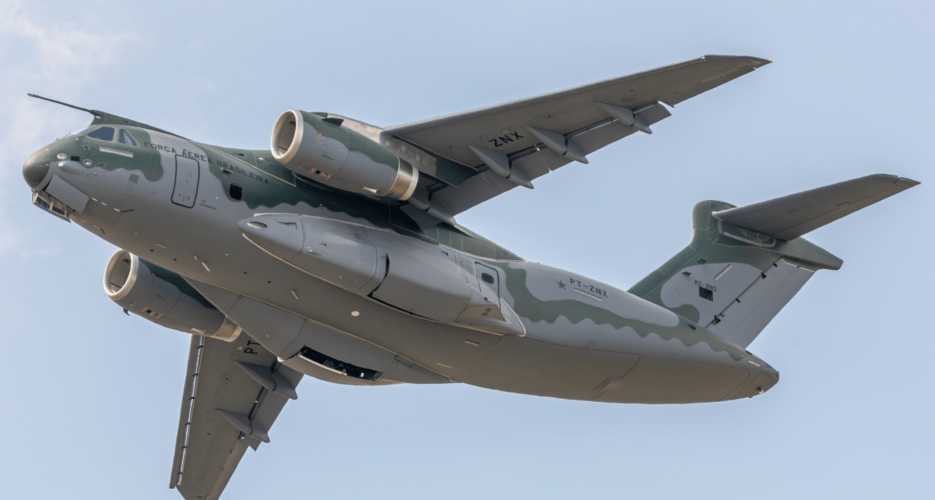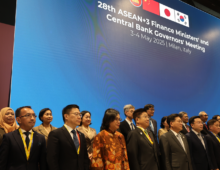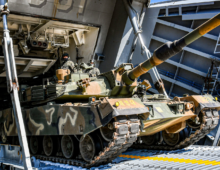Decision to acquire Brazilian transport aircraft serves immediate defense needs but impacts domestic aerospace industry
South Korea’s Defense Acquisition Program Administration’s (DAPA) announcement in December that it selected Embraer’s C-390 Millennium for its Large Transport Aircraft (LTA) II project propels the Republic of Korea Air Force (ROKAF) to become the first Asian operator of the Brazilian-made tactical transport aircraft.
However, it also introduces uncertainty for Korea Aerospace Industries’ (KAI) MC-X proposal for an indigenous tactical transport aircraft.
South Korea’s Defense Acquisition Program Administration’s (DAPA) announcement in December that it selected Embraer’s C-390 Millennium for its Large Transport Aircraft (LTA) II project propels the Republic of Korea Air Force (ROKAF) to become the first Asian operator of the Brazilian-made tactical transport aircraft.
However, it also introduces uncertainty for Korea Aerospace Industries’ (KAI) MC-X proposal for an indigenous tactical transport aircraft.
Get your
KoreaPro
subscription today!
Unlock article access by becoming a KOREA PRO member today!
Unlock your access
to all our features.
Standard Annual plan includes:
-
Receive full archive access, full suite of newsletter products
-
Month in Review via email and the KOREA PRO website
-
Exclusive invites and priority access to member events
-
One year of access to NK News and NK News podcast
There are three plans available:
Lite, Standard and
Premium.
Explore which would be
the best one for you.
Explore membership options
© Korea Risk Group. All rights reserved.
No part of this content may be reproduced, distributed, or used for
commercial purposes without prior written permission from Korea Risk
Group.












